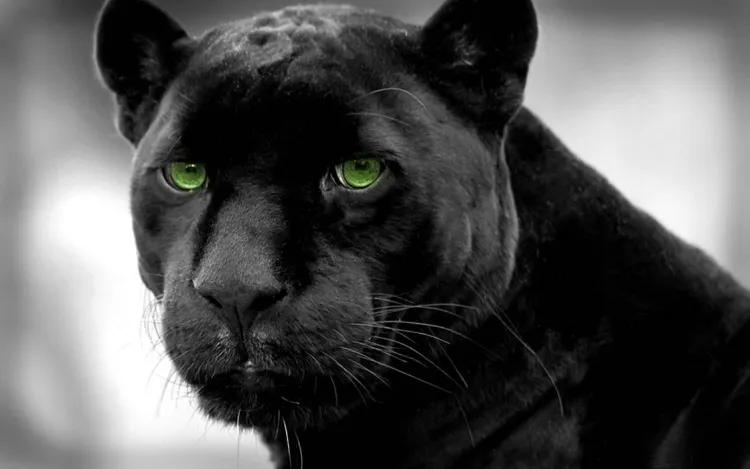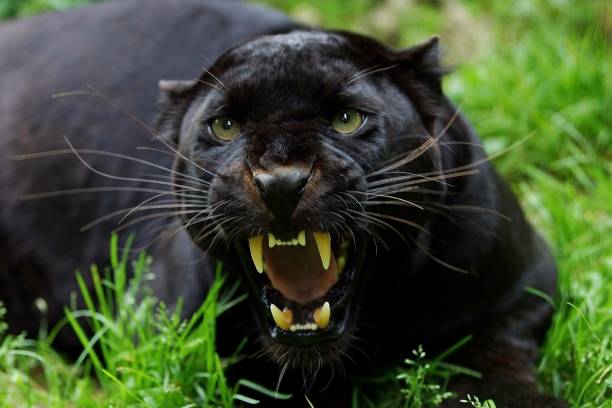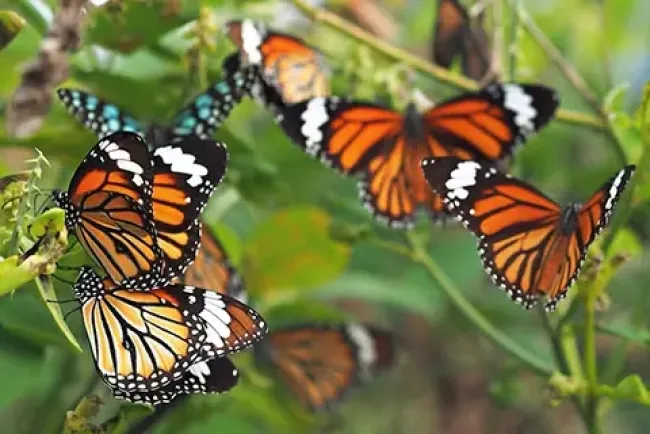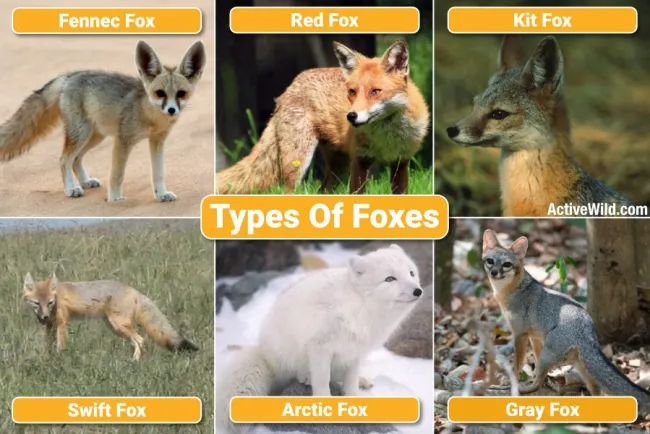Unveiling the Mystery of Black Panthers...!!!
The term "black panther" refers to the melanistic (black) variant of big cats, most commonly leopards (Panthera pardus) and jaguars (Panthera onca). These enigmatic and majestic animals have fascinated humans for centuries, inspiring legends, myths, and modern popular culture.

Biology and Melanism
Melanism is a genetic mutation resulting in an increased amount of dark pigmentation, or melanin, in an animal's skin, fur, or scales. In black panthers, this mutation causes their fur to appear entirely black, although faint rosette patterns, typical of leopards and jaguars, can often be seen up close or under certain lighting conditions.
-
Leopards: In Africa and Asia, black panthers are typically melanistic leopards. The genetic mutation responsible for melanism in leopards is believed to be a recessive trait, meaning both parents must carry the gene for it to be expressed in their offspring.
-
Jaguars: In the Americas, black panthers are usually melanistic jaguars. In jaguars, the melanism trait is dominant, so only one parent needs to carry the gene for it to be expressed.
Despite their color difference, melanistic leopards and jaguars share the same physical characteristics and behaviors as their non-melanistic counterparts.
Habitat and Distribution
Black panthers are found in various regions across the globe, depending on whether they are leopards or jaguars:
-
Leopards: Melanistic leopards inhabit diverse environments, including savannas, rainforests, grasslands, and mountains in Africa and Asia. They are highly adaptable animals capable of surviving in both dense forests and open terrains. Notable populations of black leopards have been documented in places like India’s Western Ghats and parts of Malaysia.
-
Jaguars: Melanistic jaguars primarily inhabit the tropical rainforests of Central and South America, with significant populations in the Amazon Basin. They can also be found in other habitats such as swamps, scrublands, and grasslands.
Behavior and Hunting
Black panthers, like their non-melanistic relatives, are solitary and elusive animals, primarily nocturnal hunters, meaning they are active during the night. Their black fur provides a natural advantage during night hunts, offering excellent camouflage in low-light conditions.
-
Diet: Black panthers are carnivores and possess a diverse diet that includes a variety of prey such as deer, wild boar, antelope, monkeys, birds, and smaller mammals. Their powerful jaws and sharp claws make them formidable hunters capable of taking down prey larger than themselves.
-
Hunting Technique: These cats are known for their stealth and patience. They use their keen senses of sight, smell, and hearing to locate prey and rely on their strength and speed to ambush and capture it. Black panthers often drag their kill to a secluded location to eat in peace and avoid scavengers.

Reproduction and Lifespan
-
Mating: Black panthers exhibit similar mating behaviors to their non-melanistic counterparts. Leopards and jaguars do not have a fixed breeding season, although they tend to mate more frequently during the wet season when food is abundant. After a gestation period of about 90-105 days, a female gives birth to a litter of 1-4 cubs.
-
Cubs: Panther cubs are born blind and helpless, relying entirely on their mother for nourishment and protection. The mother raises the cubs on her own, teaching them essential hunting and survival skills until they are old enough to fend for themselves, usually around 1-2 years of age.
-
Lifespan: In the wild, black panthers can live up to 12-15 years, while in captivity, they may live longer, often reaching 20 years due to better care and absence of natural threats.
Cultural Significance
Black panthers have captured the human imagination and feature prominently in mythology, folklore, and modern popular culture:
-
Mythology and Folklore: In various cultures, black panthers are revered as symbols of power, mystery, and guardianship. They are often depicted as protectors of the forest and are associated with night and the moon.
-
Modern Popular Culture: Black panthers have also made their mark in contemporary media. The Marvel Comics character T'Challa, also known as Black Panther, has become a cultural icon. The character’s depiction as a superhero and king of the fictional African nation of Wakanda has resonated with audiences worldwide, particularly through the critically acclaimed 2018 film "Black Panther."
Conservation Status
Black panthers, like their non-melanistic counterparts, face significant threats from habitat loss, poaching, and human-wildlife conflict. Conservation efforts aimed at protecting leopards and jaguars include habitat preservation, anti-poaching measures, and community-based initiatives to mitigate conflicts between humans and big cats.

Black panthers are captivating and enigmatic creatures that embody the beauty and mystery of the natural world. Their unique appearance, coupled with their elusive nature, has made them a subject of fascination and admiration. As we continue to learn more about these majestic animals, it is crucial to support conservation efforts to ensure their survival for future generations to appreciate and admire.
What's Your Reaction?

















